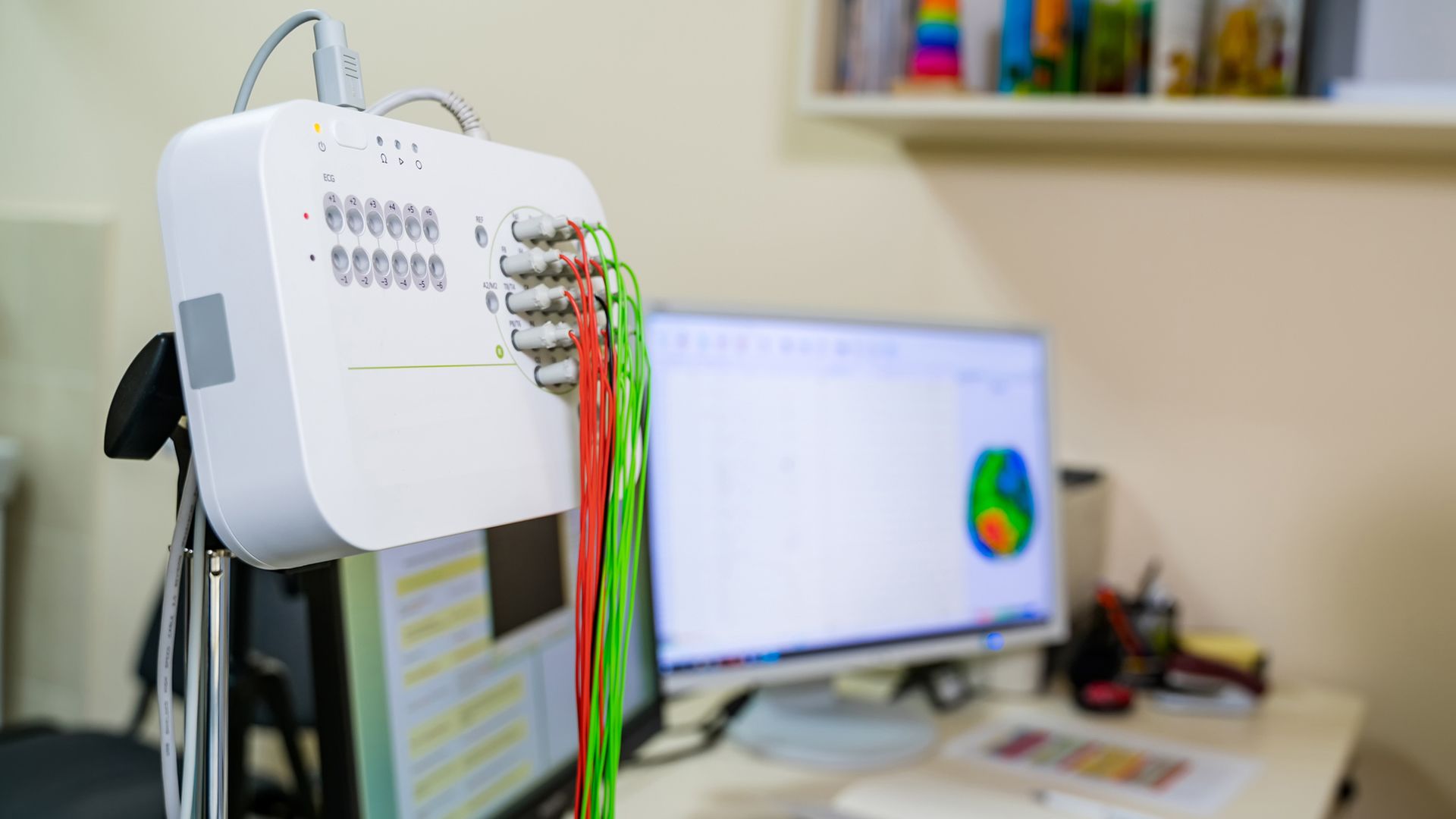AADC deficiency refers to “aromatic l-amino acid decarboxylase” deficiency. It is a rare genetic disorder caused by a mutation of the DDC gene, which contains instructions the body needs to synthesize an enzyme called AADC.
The body requires the AADC enzyme in order to synthesize certain neurotransmitters.
Neurotransmitters are chemicals that enable communication between the nervous system and other parts of the body. Neurotransmitters regulate processes like breathing and heart rate, muscle movement, cognitive function, sleep, and countless other processes.
When a person has AADC deficiency, the body is unable to produce normal amounts of the neurotransmitters dopamine and serotonin. As a result, the nervous system does not function normally.
Here, we look at some of the symptoms of AADC deficiency.
Developmental delays
Developmental delays during the first year of life are often the first noticeable signs of AADC deficiency. Infants with AADC deficiency may have significant delays in learning to walk and speak.
Infants with AADC deficiency may also have low energy levels, muscle weakness (called dystonia, and sometimes referred to as “floppiness”), muscle stiffness, and involuntary movements (such as writhing and tremors). They may also have trouble sleeping and trouble feeding.
Oculogyric crises
Episodes called oculogyric crises are another sign of AADC deficiency. These are episodes of involuntary eye movements—most often, one or both eyes will turn upward. These episodes can also include uncontrolled movements of the head and neck, muscle spasms, pain, agitation, and irritability.
Oculogyric crises can vary in how long they last. Some episodes may last a few minutes, others can last several hours. They occur as a temporary loss in muscle tone in the muscles that control eye movements.
Autonomic nervous system
The autonomic nervous system refers to the parts of the nervous system that are running without conscious awareness or control—things like breathing, heart rate, blood pressure, metabolism, digestion, perspiration, blinking, and body temperature (to name a few).
AADC deficiency can also impact the functioning of the autonomic nervous system and disrupt these processes. This can result in a wide variety of symptoms and complications, including:
- Drooping eyelids
- Narrowed pupils
- Drooling
- Nasal congestion
- Sweating too much or too little
- Low blood pressure
- Low blood sugar
- Gastroesophageal reflux
- Abnormalities in body temperature
- Cardiac arrest
How to tell if symptoms are AADC deficiency
A pediatrician will be your best source of information about developmental delays and symptoms. A child’s healthcare provider can order tests to determine the cause of developmental delays and symptoms.
AADC deficiency is very rare—there are roughly 150 documented cases of AADC deficiency throughout the world. However, the condition may be underdiagnosed, and may be more common than this number suggests.
There are other conditions that can cause symptoms that overlap or look similar to the symptoms of AADC deficiency. These include epilepsy, cerebral palsy, and mitochondrial disease. There are also other genetic disorders that cause similar symptoms but are caused by different genetic mutations.
It is important to rule out these other conditions. When diagnosing AADC deficiency, healthcare providers may order blood tests that measure the AADC enzyme, spinal fluid tests that measure levels of substances related to low amounts of serotonin and dopamine, and genetic tests to confirm a diagnosis of AADC deficiency. Other lab tests and imaging tests may be used to rule out other conditions.





